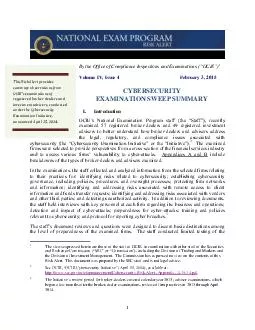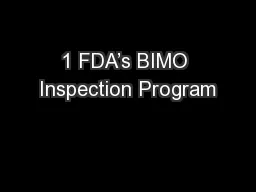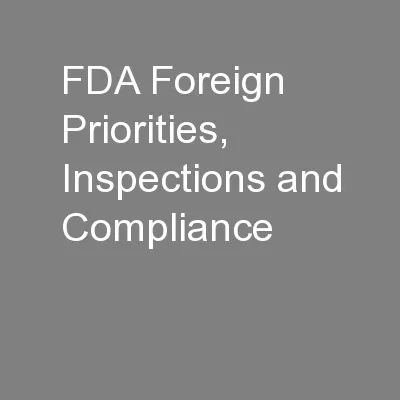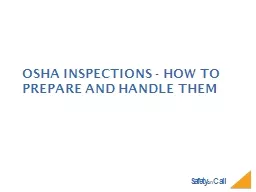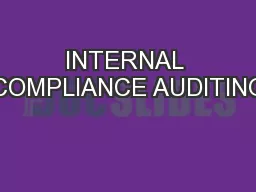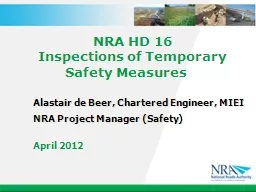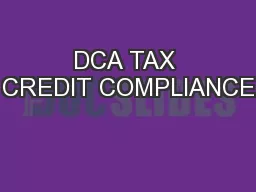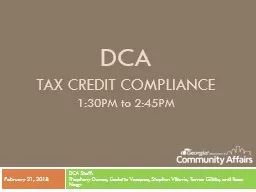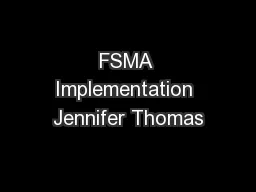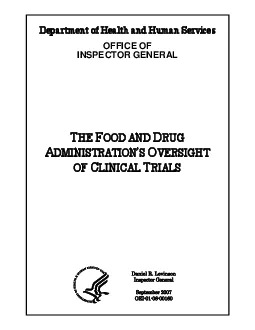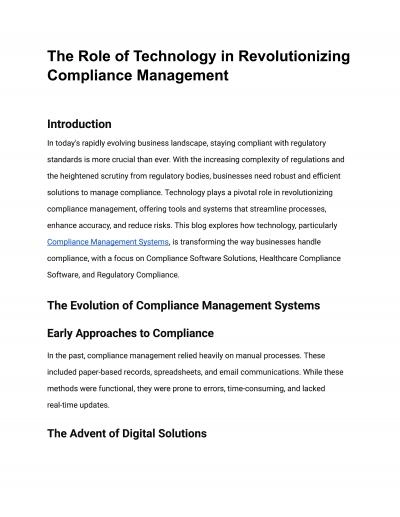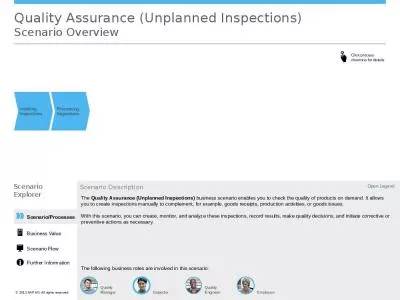PDF-By the Office of Compliance Inspections and Examinatio
Author : briana-ranney | Published Date : 2015-04-07
Introduction OCIEs Nati onal Examination Program staff the Staff recently examin ed 57 registered broker dealers and 49 registered investment advisers to better
Presentation Embed Code
Download Presentation
Download Presentation The PPT/PDF document "By the Office of Compliance Inspections ..." is the property of its rightful owner. Permission is granted to download and print the materials on this website for personal, non-commercial use only, and to display it on your personal computer provided you do not modify the materials and that you retain all copyright notices contained in the materials. By downloading content from our website, you accept the terms of this agreement.
By the Office of Compliance Inspections and Examinatio: Transcript
Download Rules Of Document
"By the Office of Compliance Inspections and Examinatio"The content belongs to its owner. You may download and print it for personal use, without modification, and keep all copyright notices. By downloading, you agree to these terms.
Related Documents

